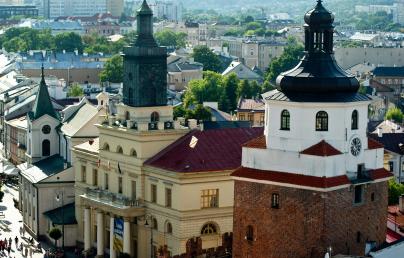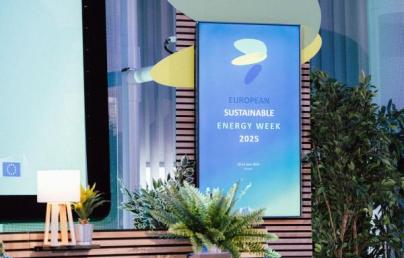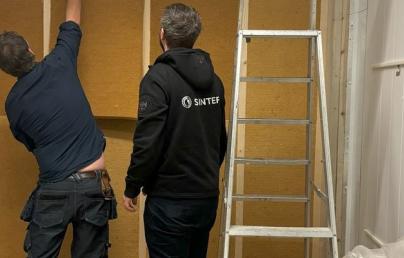
The potential of circularity

The potential of circularity
Shifting to a nature-positive, circular built environment in Europe could reduce environmental impacts, drive economic growth, and improve urban living by reusing materials, expanding green spaces, and enhancing climate resilience.
The built environment, which includes urban spaces and infrastructure, significantly impacts natural ecosystems, mobility, energy, and manufacturing sectors.
In Europe, it is currently marked by high material consumption, greenhouse gas emissions, and biodiversity loss. However, a shift to a nature-positive, circular built environment could transform this sector.
Strategies like redeveloping brownfields, increasing green spaces, and using low-impact materials could drive economic growth, enhance climate resilience, and improve citizens' well-being.
The Ellen MacArthur Foundation highlights that these changes could unlock €575 billion annually by 2035. Scaling circular economy practices across sectors could further foster economic and environmental benefits.

